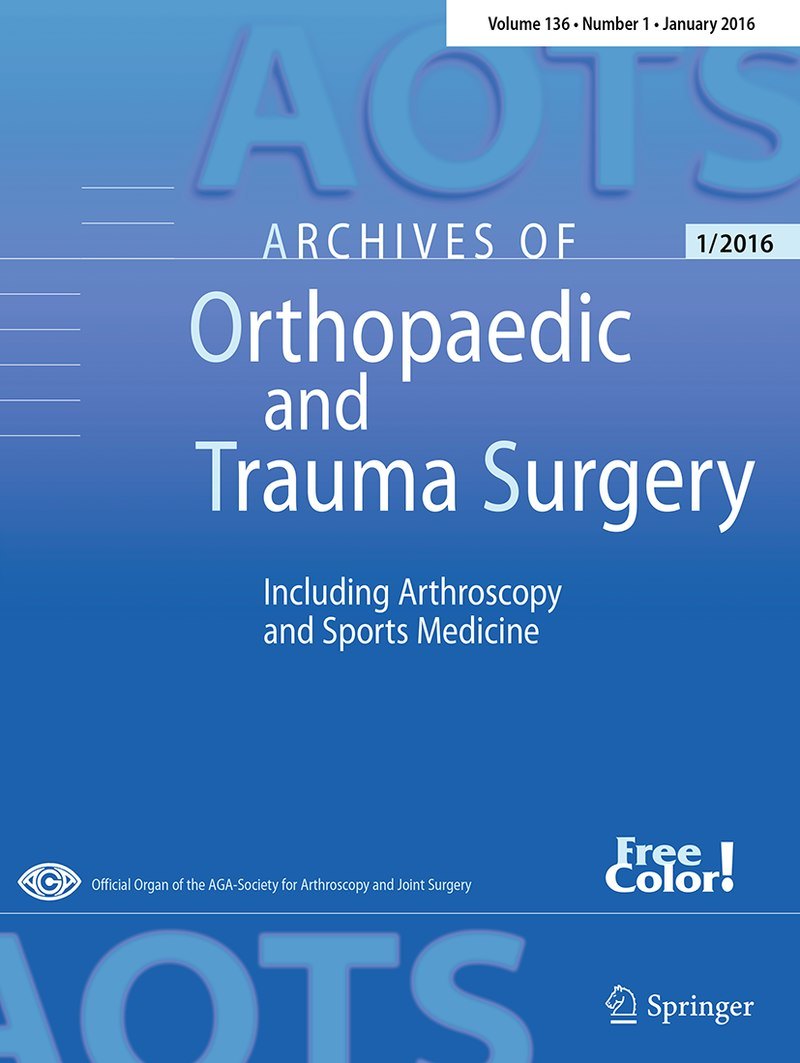
Similar Clinical Outcome with Single and Double-Row Suture Bridge Fixation for Partial RC Tear

Similar Clinical Outcome with Single and Double-Row Suture Bridge Fixation for Partial RC Tear
Arthroscopic repair of partial-thickness articular surface rotator cuff tears: single-row transtendon technique versus double-row suture bridge (transosseous equivalent) fixation: results from a prospective randomized study.
Arch Orthop Trauma Surg. 2020 Aug-01;():. 10.1007/s00402-020-03387-6Synopsis
Fifty patients who had scheduled for arthroscopic repair of a partial-thickness articular-sided rotator cuff tear of >50% thickness were randomized to receive a single-row (n=25) or double-row (n=25) suture bridge fixation. Outcomes of interest included American Shoulder and Elbow Surgeons Score (ASES), Constant Shoulder scores, pain on a Visual Analogue Scale (VAS), and the incidence of re-tear. ...
To view the full content, login to your account,
or start your 30-day FREE Trial today.
FREE TRIAL
LOGIN
Forgot Password?
Explore some of our unlocked ACE Reports below!

Learn about our AI Driven
High Impact Search Feature
Our AI driven High Impact metric calculates the impact an article will have by considering both the publishing journal and the content of the article itself. Built using the latest advances in natural language processing, OE High Impact predicts an article’s future number of citations better than impact factor alone.
Continue



 LOGIN
LOGIN

Join the Conversation
Please Login or Join to leave comments.